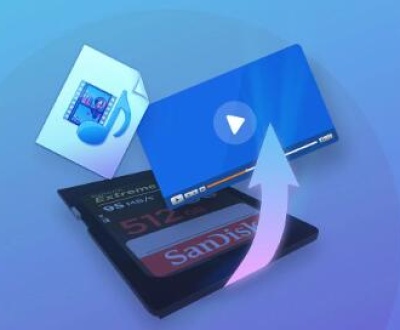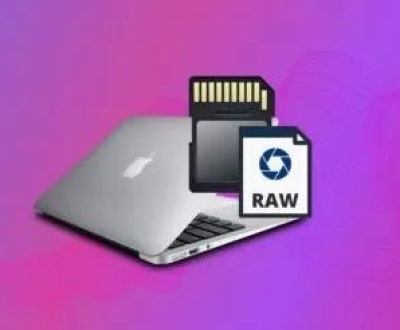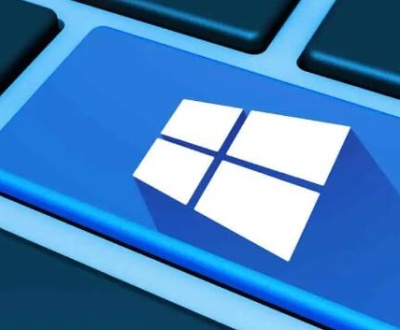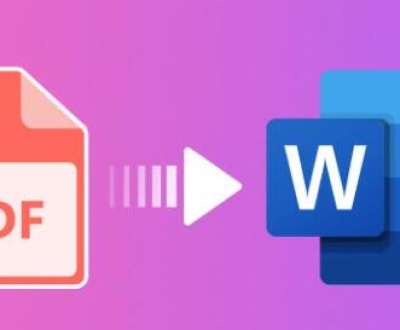When it comes to wildlife tracking, property surveillance, or even hunting preparation, the Muddy Mitigator camera stands out as a reliable and affordable tool. Known for its ease of use and rugged durability, this trail camera is designed to capture moments in the wild that would otherwise go unnoticed. But as with many devices in this category, one question frequently arises among users does the Muddy Mitigator camera show photo or video?
The answer may seem straightforward, but trail cameras often come with a variety of settings, modes, and limitations that can affect how media is recorded, stored, and viewed.
Chapter 1: Overview of the Muddy Mitigator Camera
The Muddy Mitigator is a compact, battery-operated trail camera designed for outdoor use in remote environments. It is often favored by hunters, wildlife enthusiasts, and property owners who want 24/7 monitoring without the need for human presence.
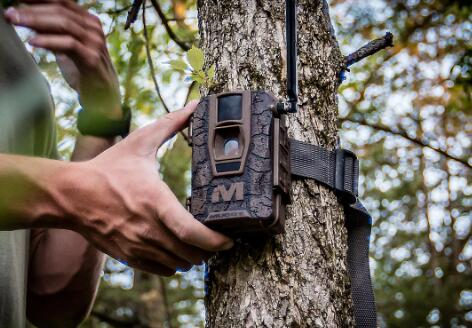
Key Features
Motion-activated PIR sensor
Infrared (IR) night vision
Weather-resistant casing
Long battery life
Support for SD cards (up to a certain capacity)
Still photo and video capture
Customizable trigger intervals and resolution settings
Intended Use Cases
Scouting wildlife movements (deer, turkey, etc.)
Monitoring remote cabins or properties
Observing animal behavior
Farm or livestock monitoring
Trail or hunting path surveillance
Chapter 2: Can the Muddy Mitigator Camera Show Photos?
Yes, the Muddy Mitigator camera does capture photos. In fact, photo mode is typically the default setting on most trail cameras, including the Mitigator. These photos are triggered by motion, using the built-in PIR sensor (Passive Infrared Sensor) that detects heat and movement from animals or people.
Photo Resolution Options
Depending on the specific model, the Muddy Mitigator may offer:
High-resolution options (12MP, 16MP, or even 20MP interpolated)
Lower-resolution options (3MP or 5MP for extended storage)
High-res photos allow for better detail, which is important for species identification or recognizing individual animals.
File Format
Image files are saved in JPEG (.jpg) format.
They are universally compatible with most image viewers and software programs.
How to Access Photos
You can view photos by:
Removing the SD card and inserting it into a computer or SD card reader
Connecting the camera via USB to a computer (if supported)
Using an internal viewing screen, if the camera is equipped with one (some models of the Mitigator may not have this)
Chapter 3: Can the Muddy Mitigator Camera Record Video?
Yes, the Muddy Mitigator camera can record video, typically in addition to photo capture. This dual capability makes it a versatile tool for more dynamic monitoring, like watching how animals behave or confirming the identity of a nighttime intruder.
Video Resolution Options
Depending on your model, video resolution may include:
720p HD (1280 x 720)
1080p Full HD (1920 x 1080) – common in newer models
Lower resolutions (e.g., 480p) for longer recording duration and storage savings
Video Length Options
You can typically select video length from:
5 seconds
10 seconds
30 seconds
Sometimes up to 60 seconds depending on SD card size and battery capacity
File Format
Video files are usually saved as .AVI or .MP4
Compatible with common media players like VLC or Windows Media Player
Audio Recording
Many models include a small microphone to record audio along with video, which can add context, especially when tracking animal calls or human voices.
Chapter 4: Choosing Between Photo and Video Mode
The Muddy Mitigator camera typically allows users to choose between three main operating modes:
1. Photo Mode Only
Captures still images when motion is detected.
2. Video Mode Only
Records short video clips upon motion activation.
3. Photo + Video Mode
Takes a photo and then immediately records a video clip.
Chapter 5: How to Switch Between Modes
To toggle between these modes, you’ll need to:
Access the settings menu via the camera’s internal screen or remote control interface.
Navigate to “Capture Mode” or similar terminology.
Select the desired option: Photo, Video, or Photo + Video.
Save and exit.
Refer to the user manual for your specific model for exact navigation steps, as button configurations can vary slightly.
Chapter 6: Night Vision Capabilities
Night performance is a key concern with trail cameras. The Muddy Mitigator typically uses infrared (IR) LEDs to illuminate scenes in complete darkness.
How It Works
Infrared light is invisible to the human eye but detectable by the camera sensor.
Night photos and videos appear in grayscale but maintain enough clarity for identification.
Does Video Work at Night?
Yes. The camera can record video at night, though the clarity may be reduced compared to daylight conditions. Using high video resolution settings helps mitigate this.
Chapter 7: Storage and File Management
To view media files (both photos and videos), you’ll need an SD card (usually up to 32GB or 64GB, depending on model compatibility). The camera automatically saves media in folders, typically organized by date or file type.
Tips for Storage
Use high-speed SD cards (Class 10 or UHS-I) for video recording.
Regularly offload files to avoid overwriting.
Format the card inside the camera before first use.
File Naming Convention
Photos: IMG_XXXX.JPG
Videos: VID_XXXX.AVI or VID_XXXX.MP4
Chapter 8: Battery Life Considerations
Video recording significantly drains battery faster than photo-only operation. Some best practices to extend battery life include:
Lower video resolution
Shorter video duration
Using lithium AA batteries or external power banks
Decreasing motion sensitivity
Chapter 9: Troubleshooting Photo and Video Issues
If you’re having trouble with the camera capturing or saving media:
1. Check SD Card
Ensure it’s properly inserted and not write-protected.
Make sure the file system is FAT32.
2. Battery Levels
Low batteries can prevent video recording.
Replace or recharge batteries before critical use.
3. Mode Misconfiguration
Double-check that the camera is set to your desired capture mode.
Reset to factory settings if needed.
4. Corrupted Files
If files won’t open, try different media players.
If still unreadable, you may need data recovery software.
About us and this blog
Panda Assistant is built on the latest data recovery algorithms, ensuring that no file is too damaged, too lost, or too corrupted to be recovered.
Request a free quote
We believe that data recovery shouldn’t be a daunting task. That’s why we’ve designed Panda Assistant to be as easy to use as it is powerful. With a few clicks, you can initiate a scan, preview recoverable files, and restore your data all within a matter of minutes.
Subscribe to our newsletter!
More from our blog
See all postsRecent Posts
- Retrieve deleted videos from sd card 2025-04-25
- How to retrieve damaged sd card? 2025-04-25
- Retrieve photos from sd card 2025-04-25

 Try lt Free
Try lt Free Recovery success rate of up to
Recovery success rate of up to

